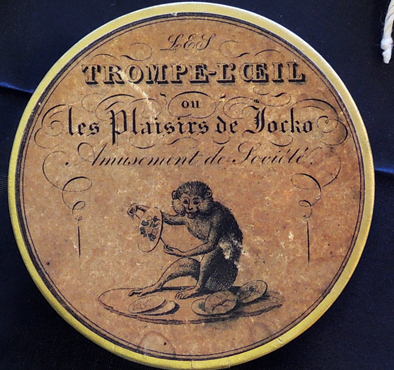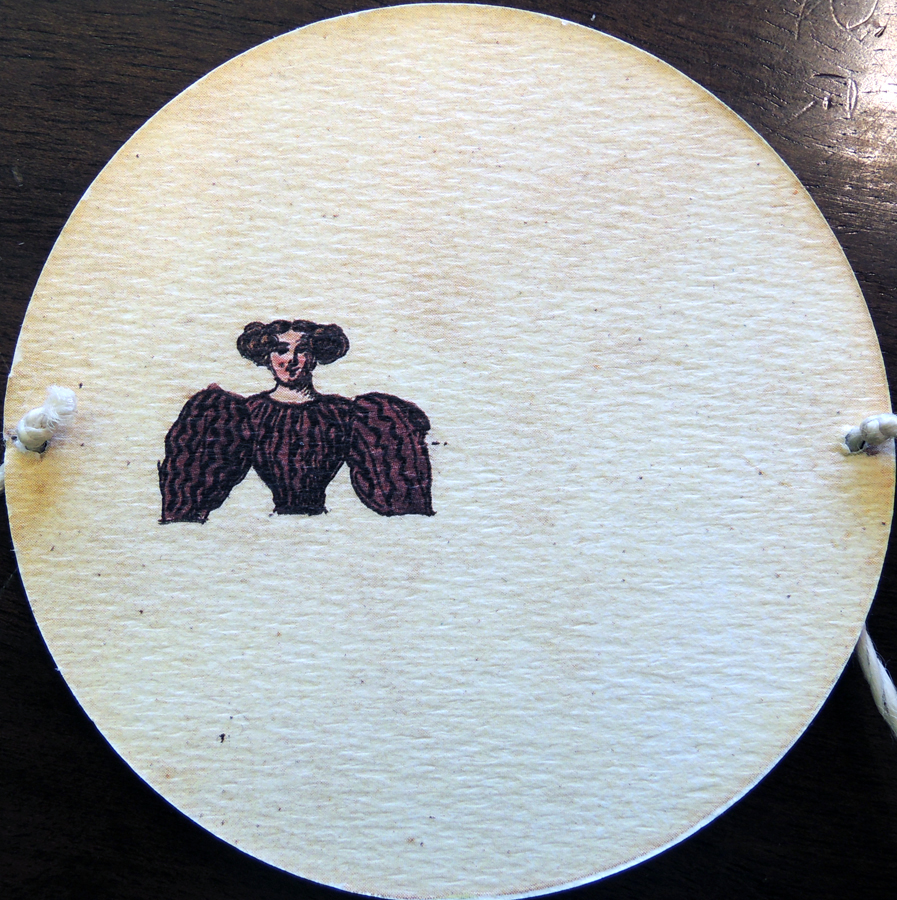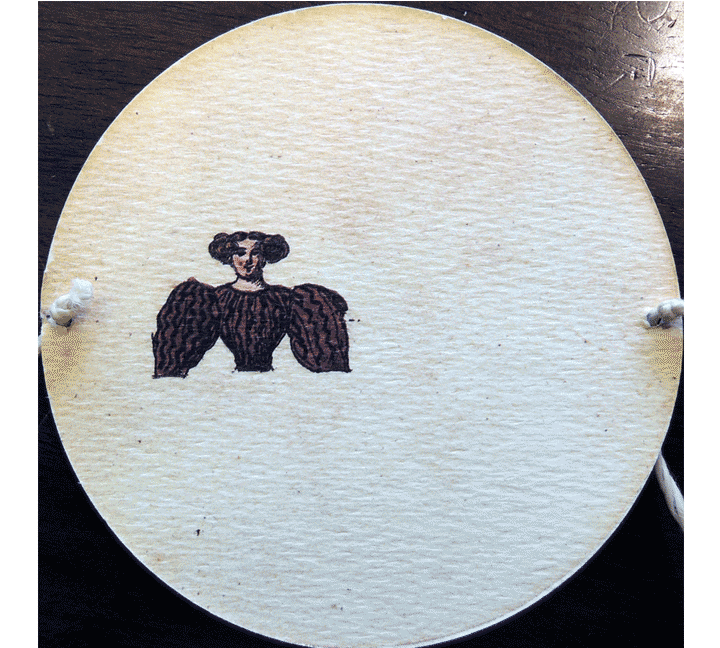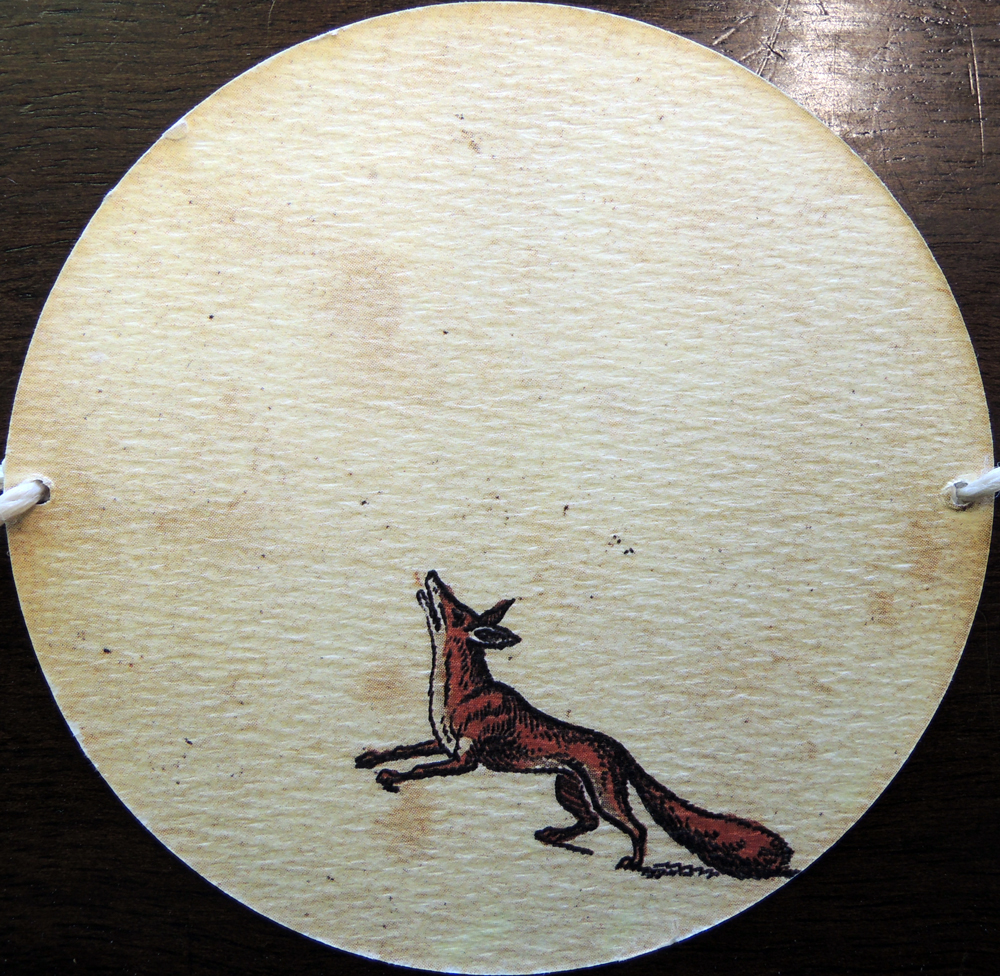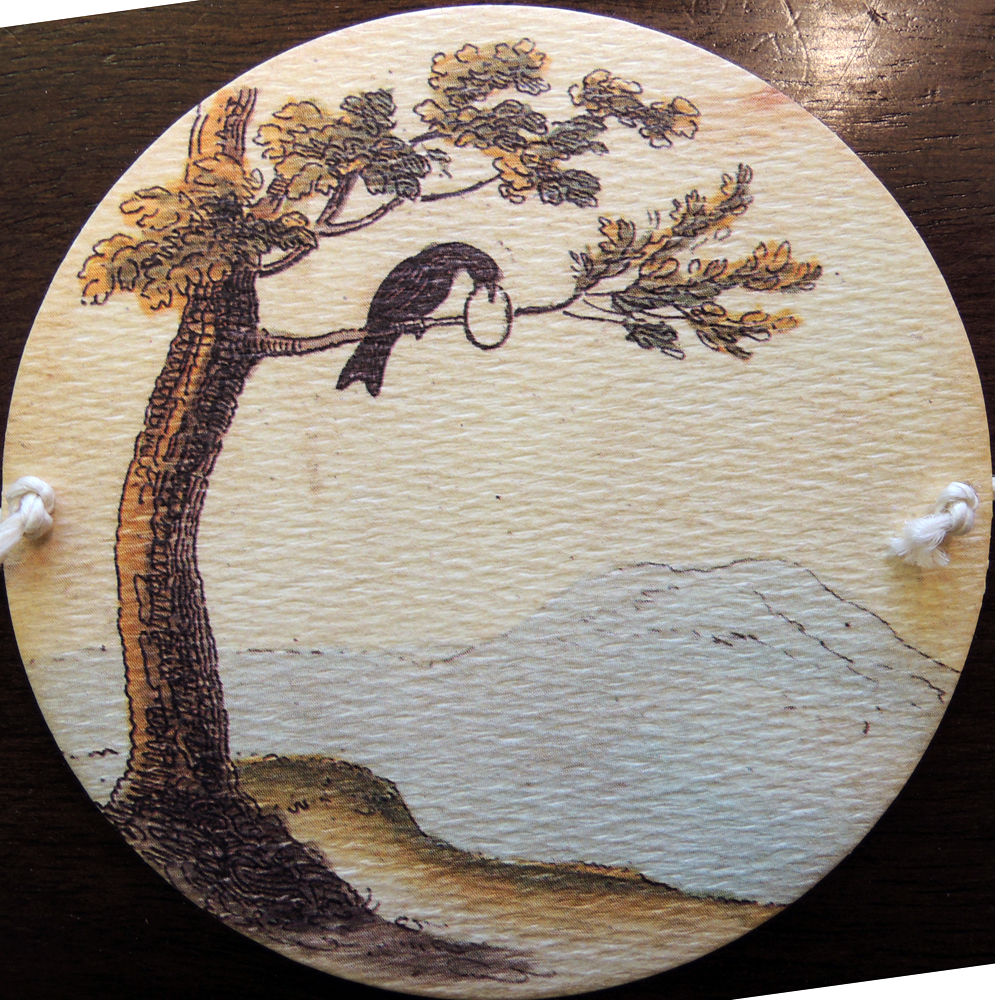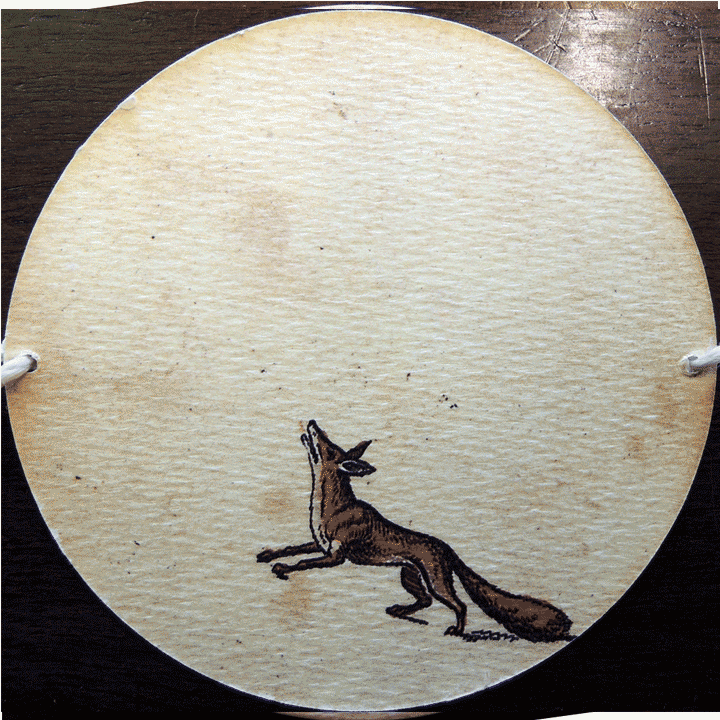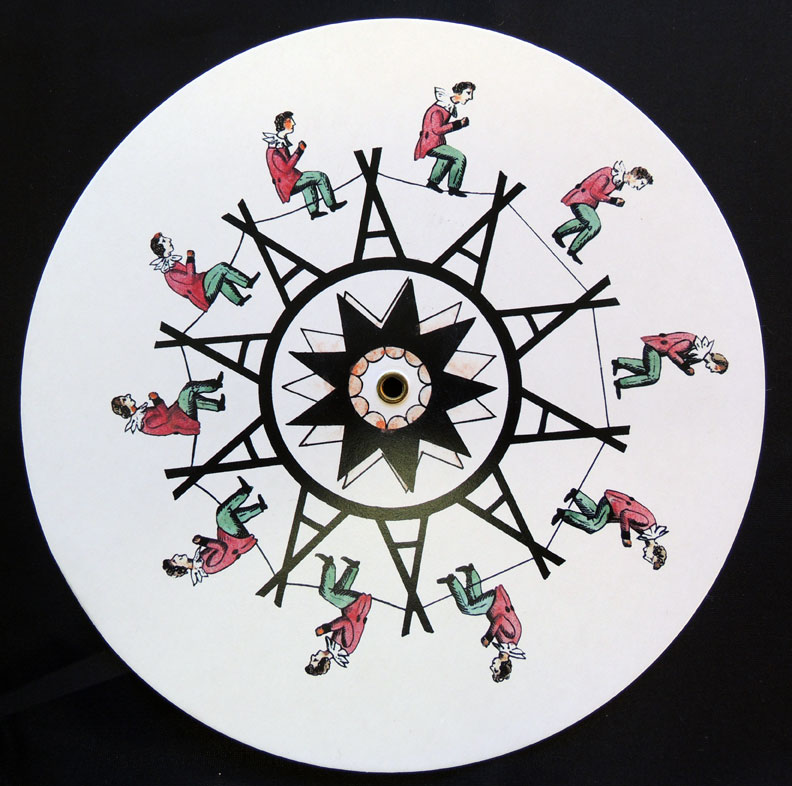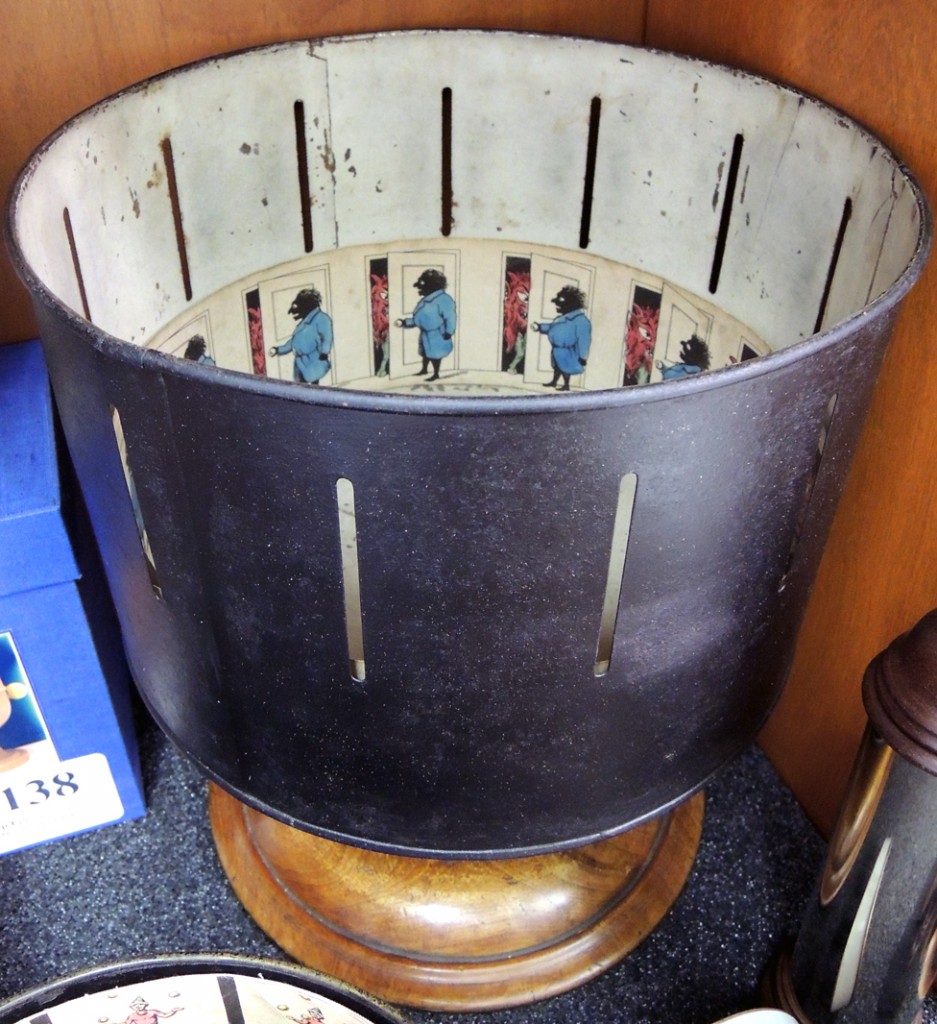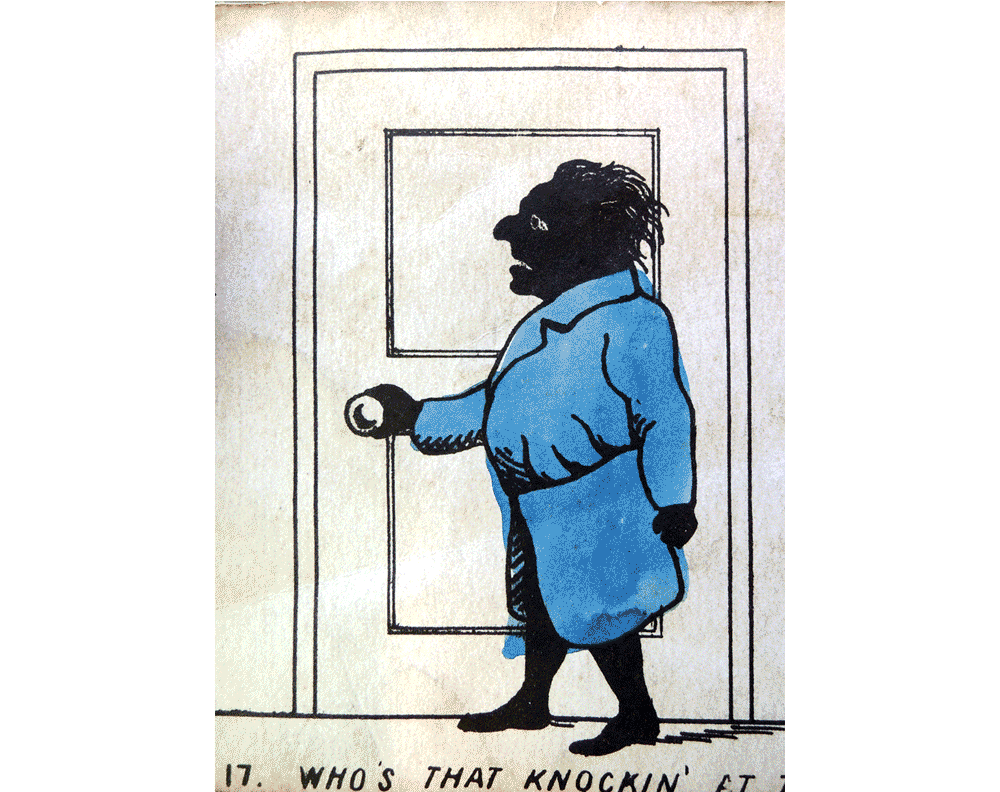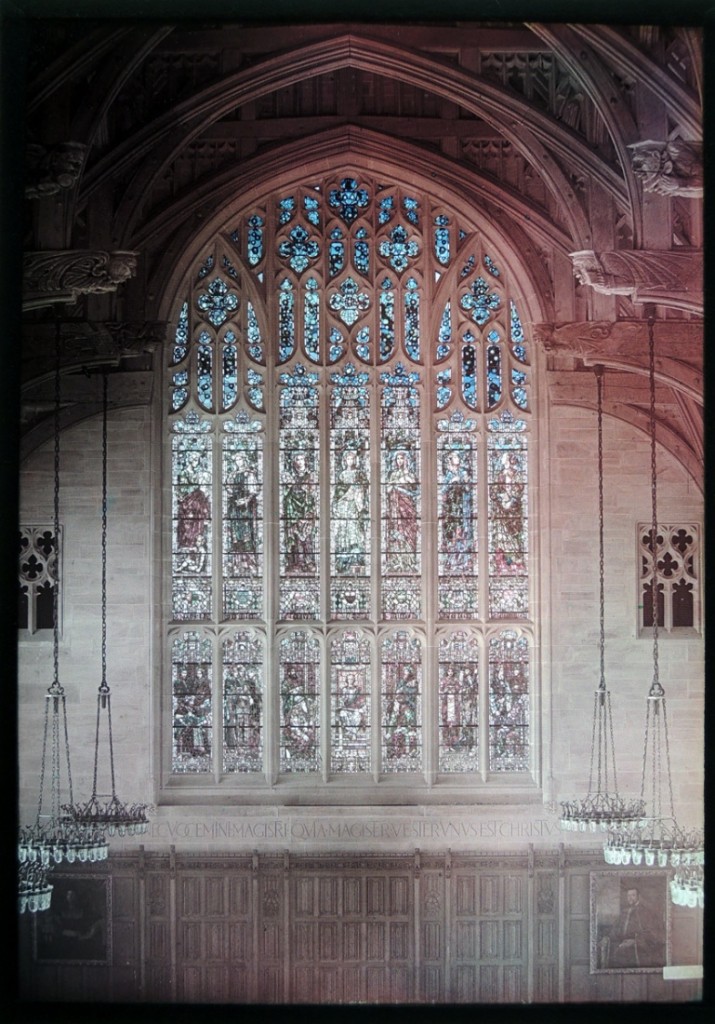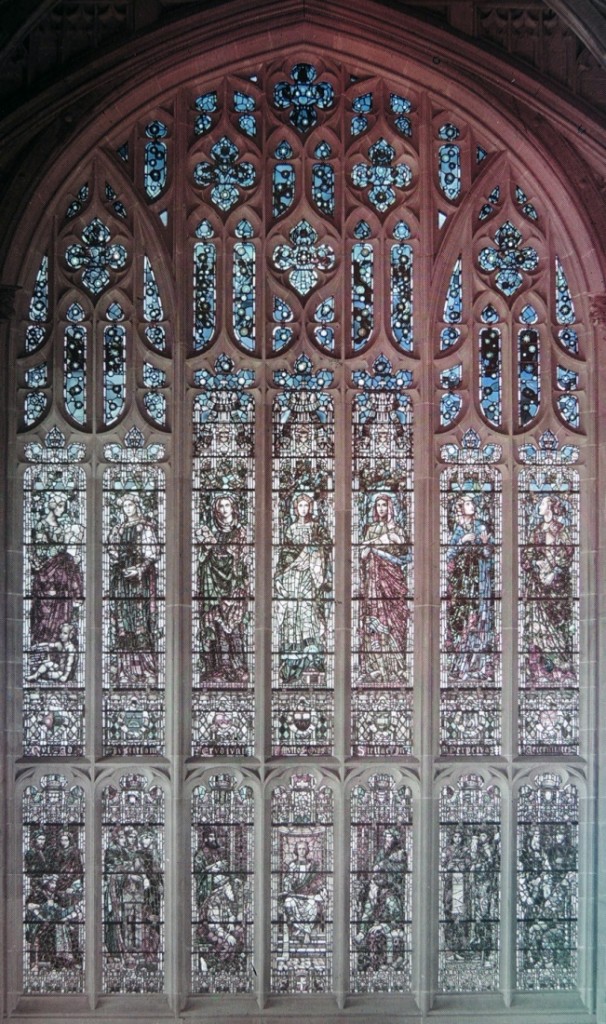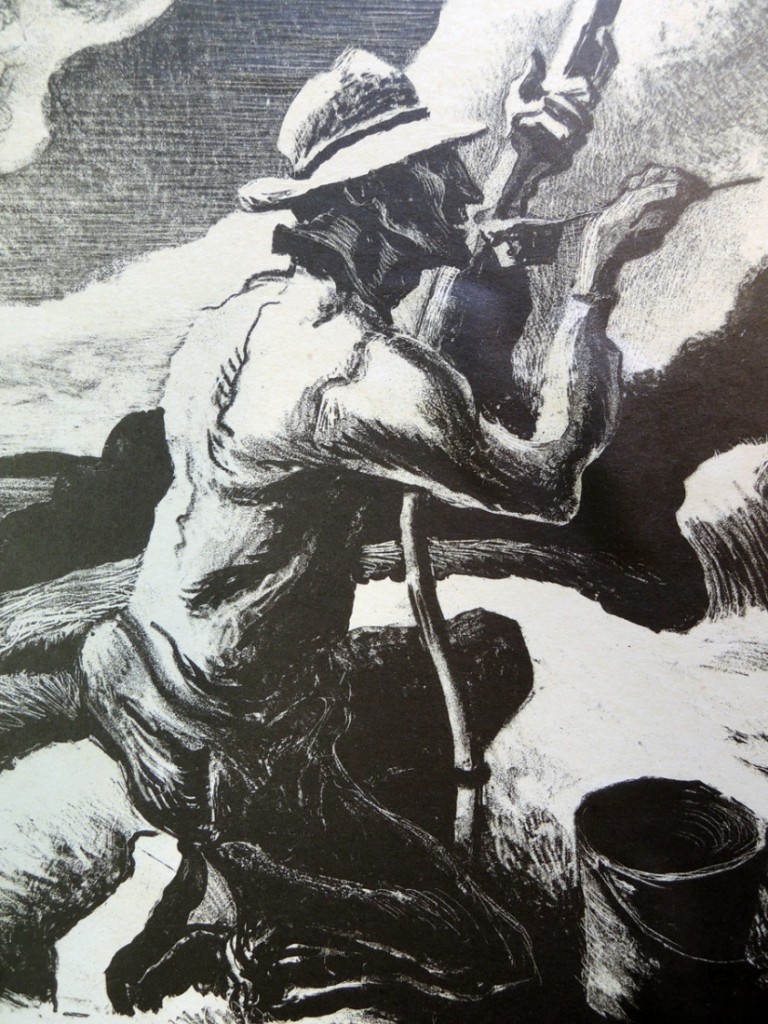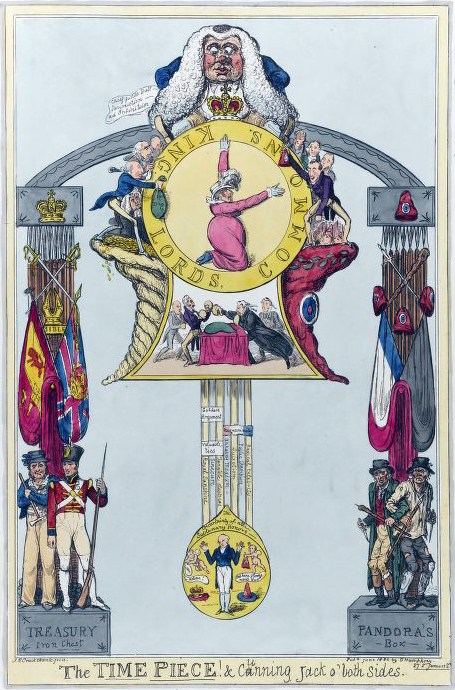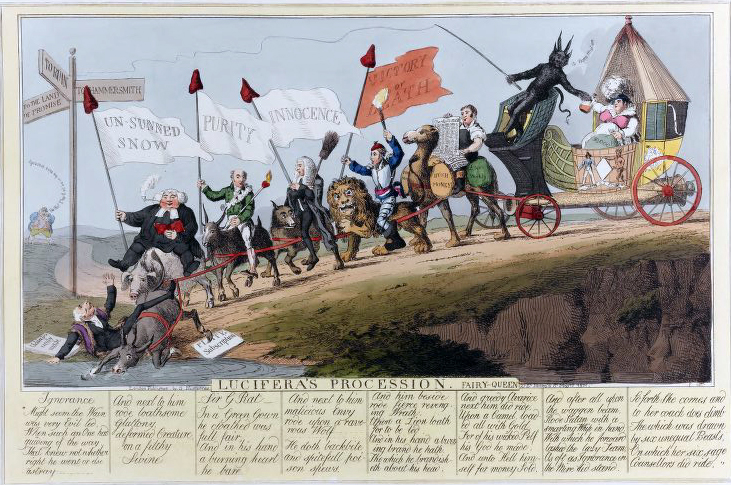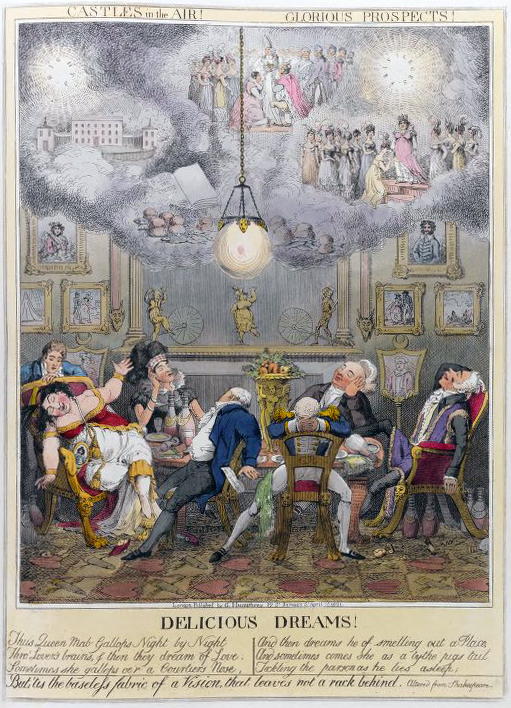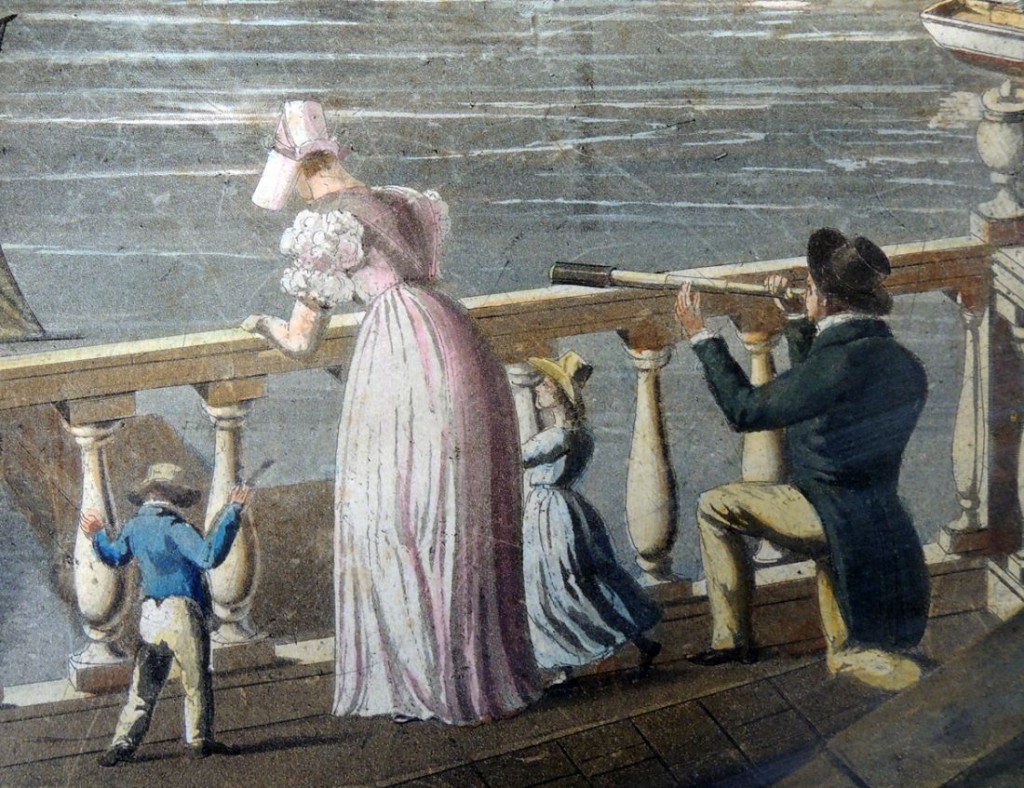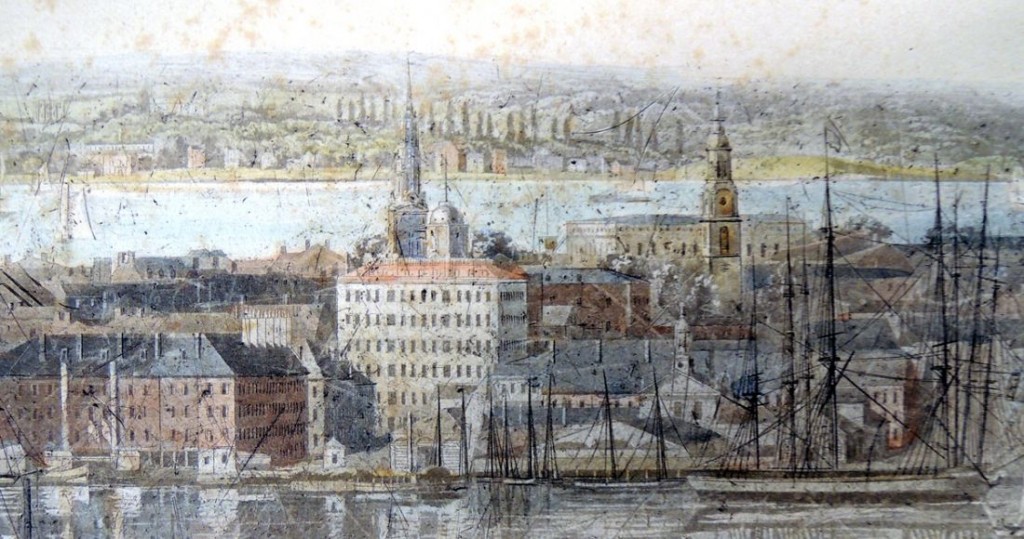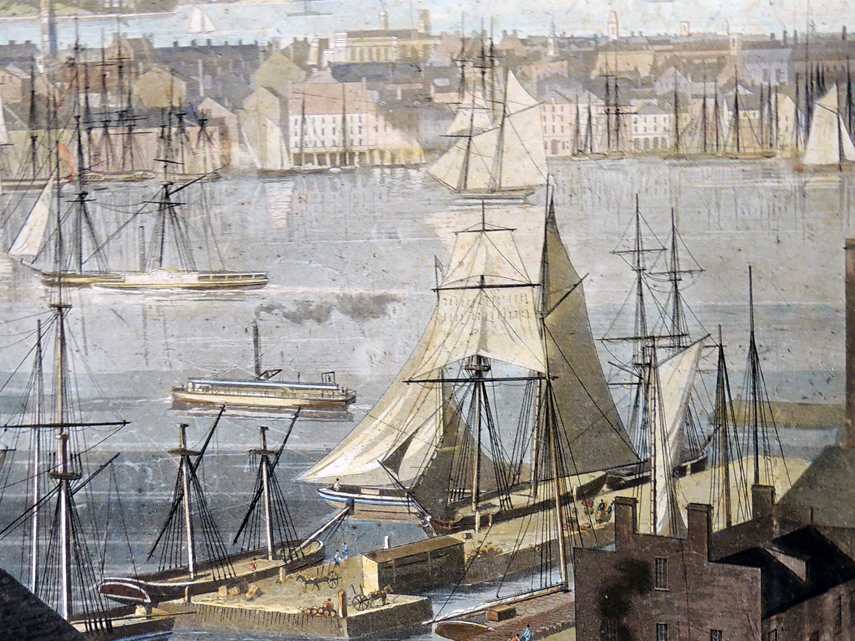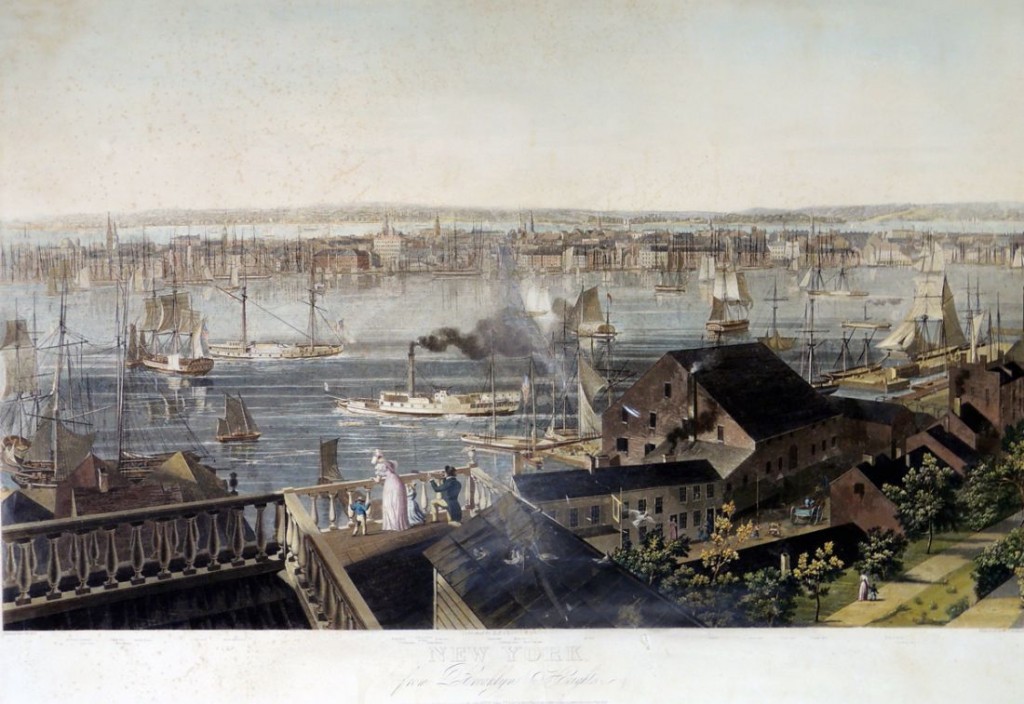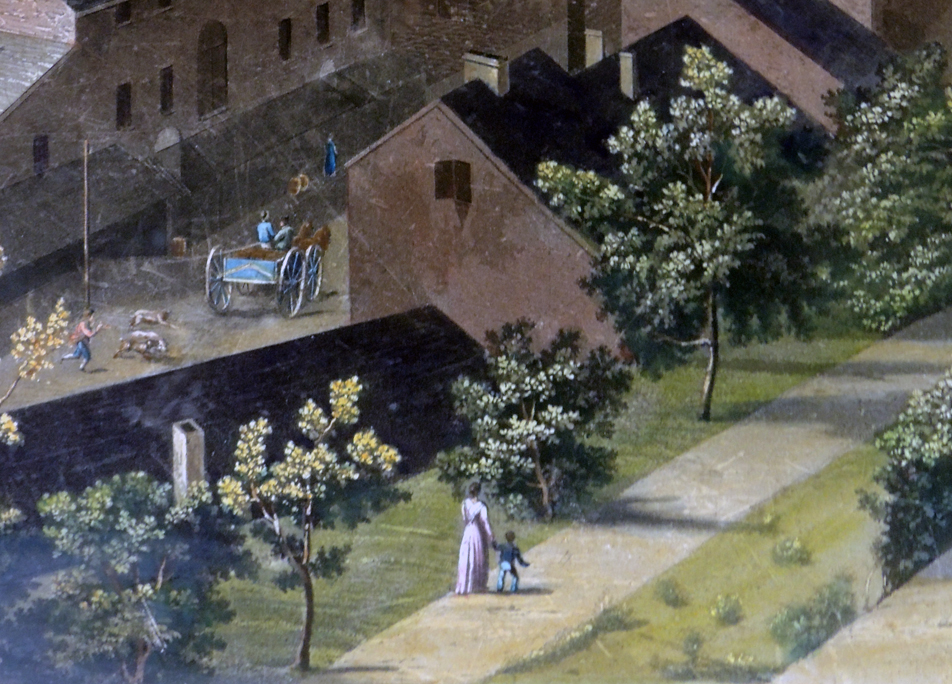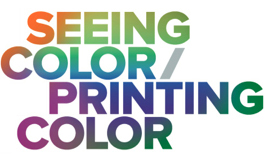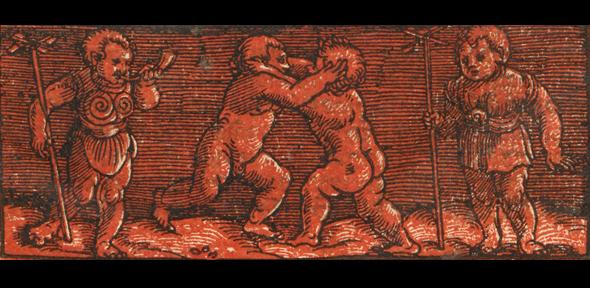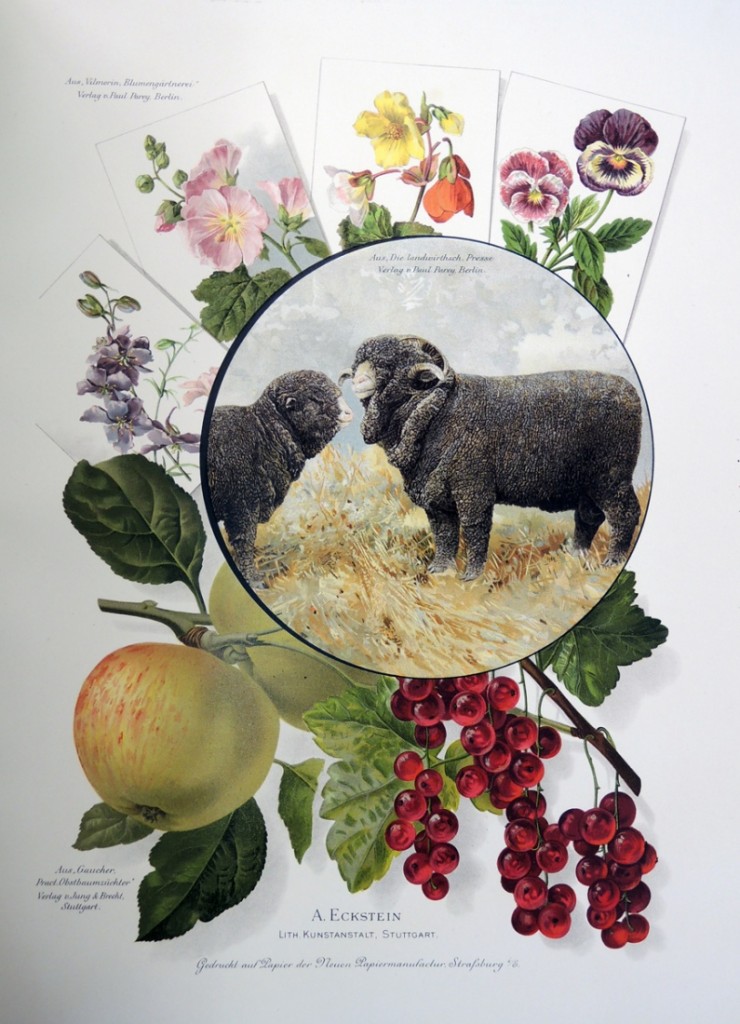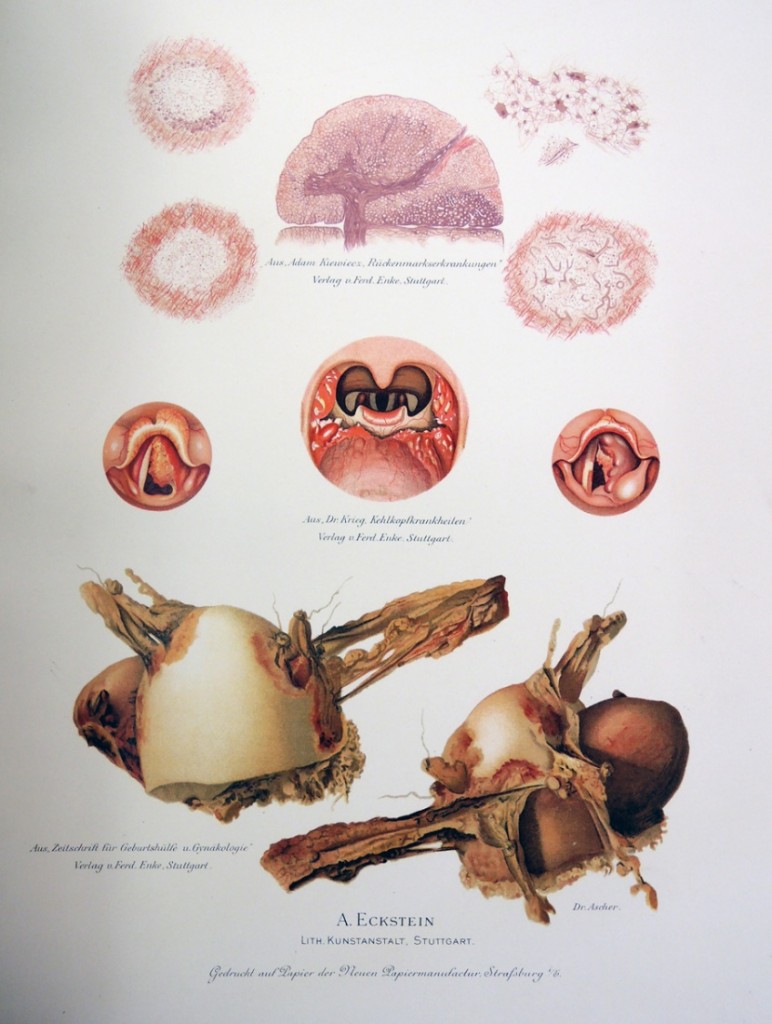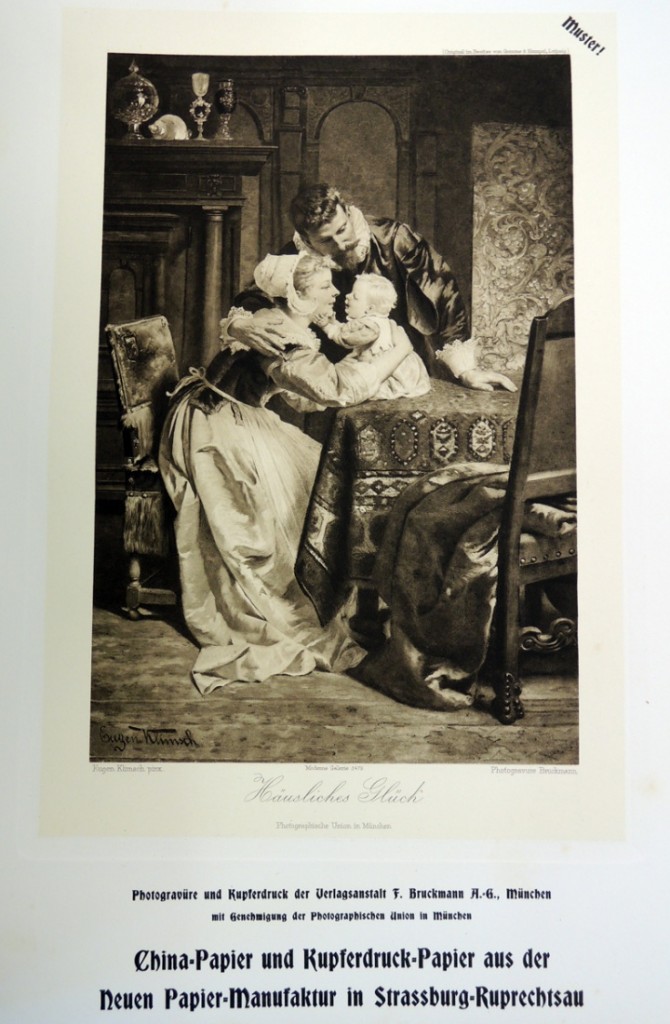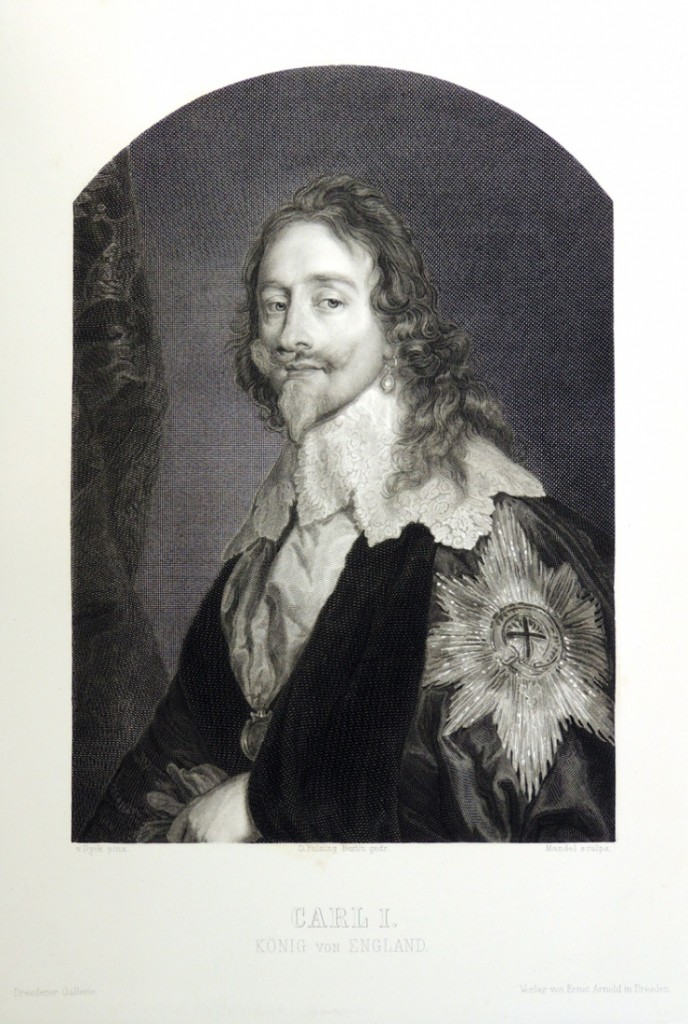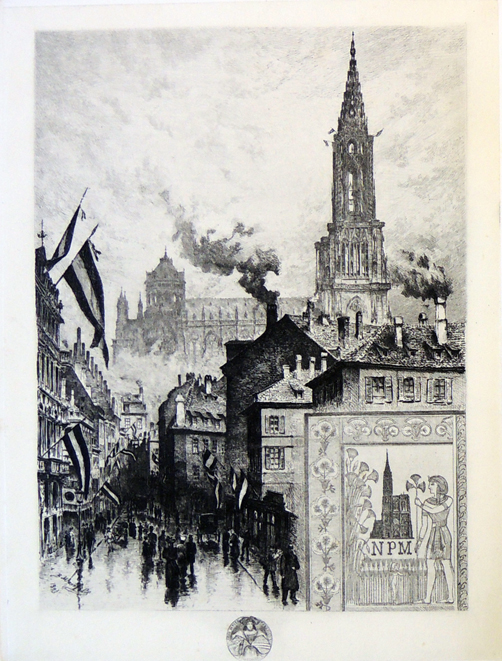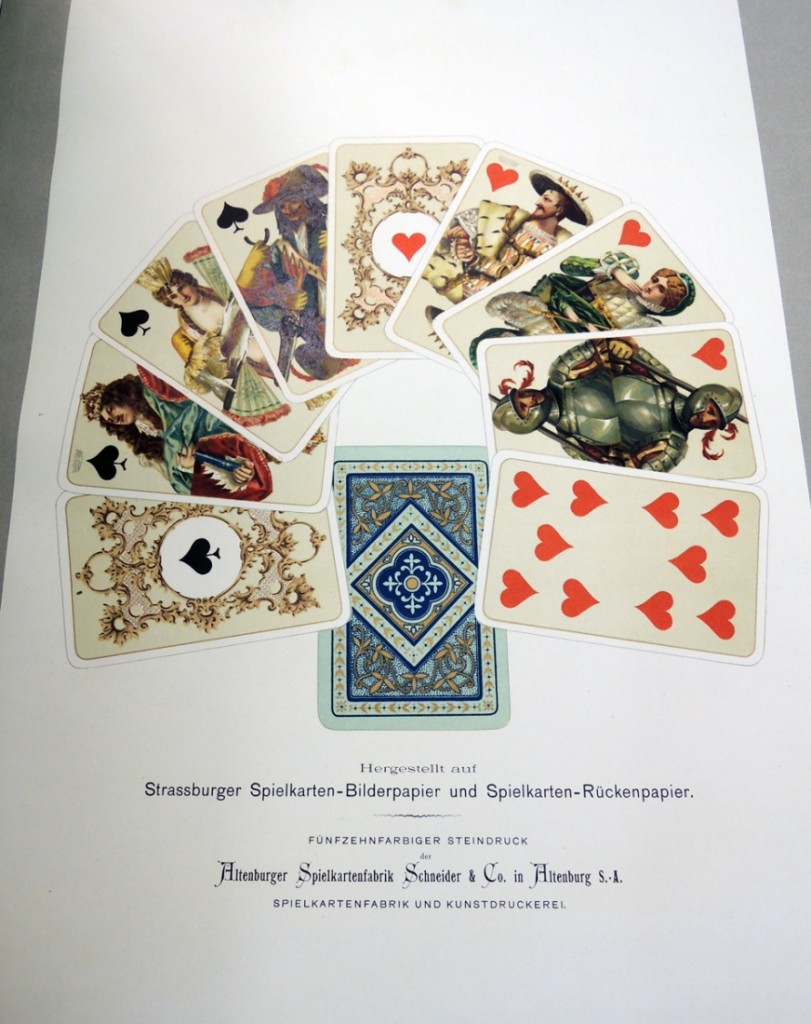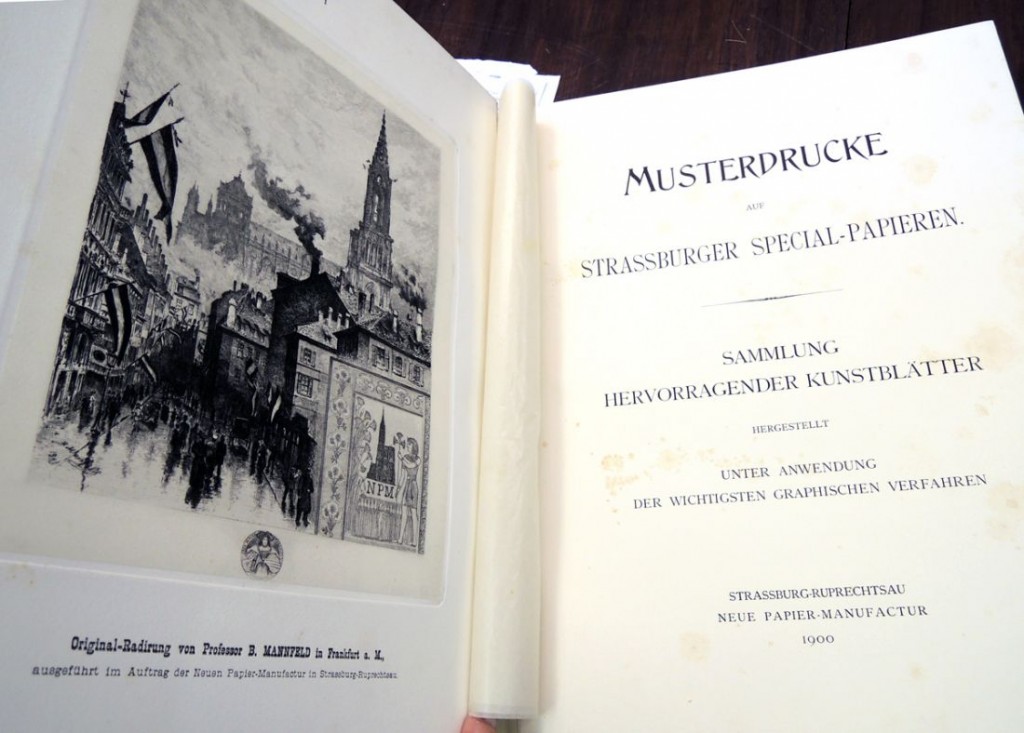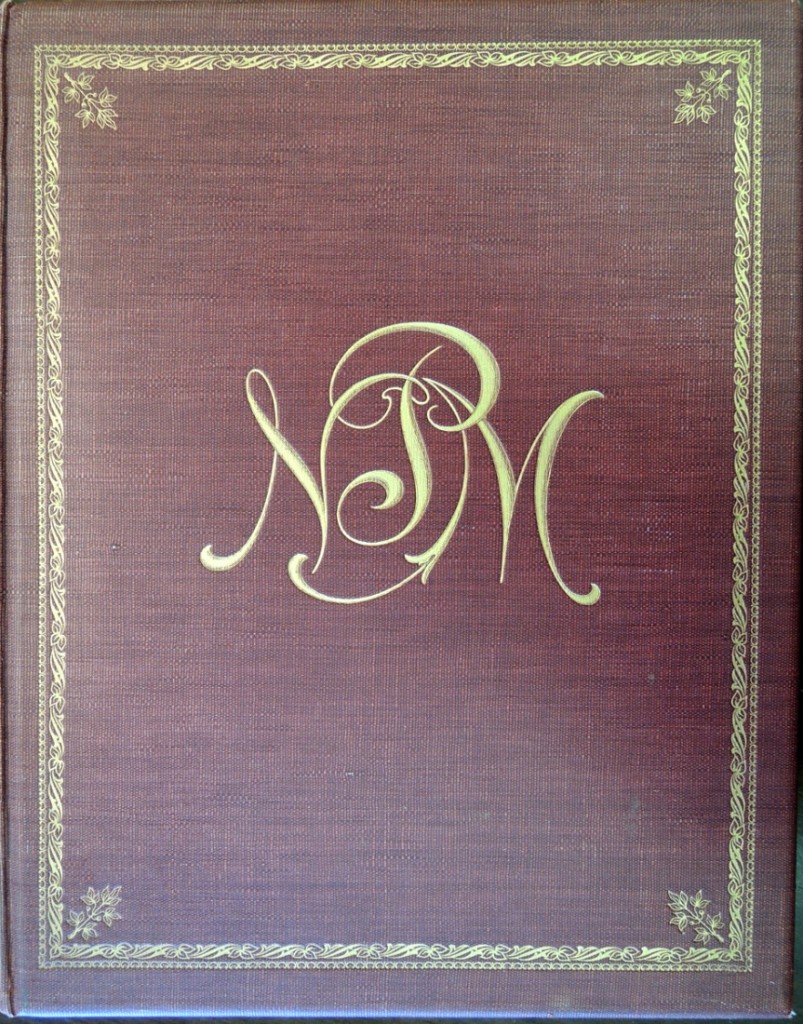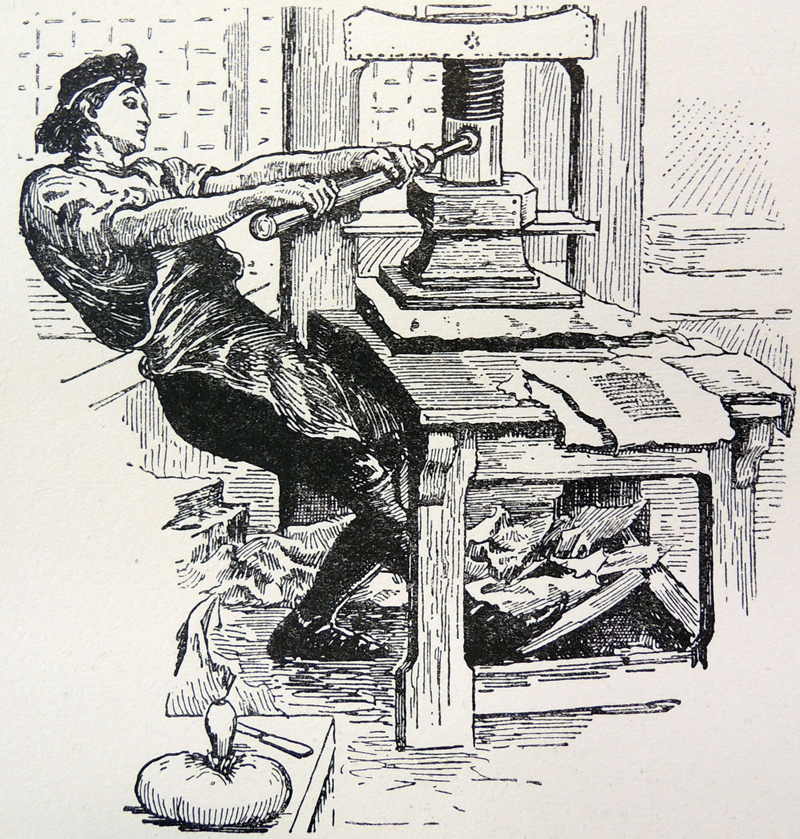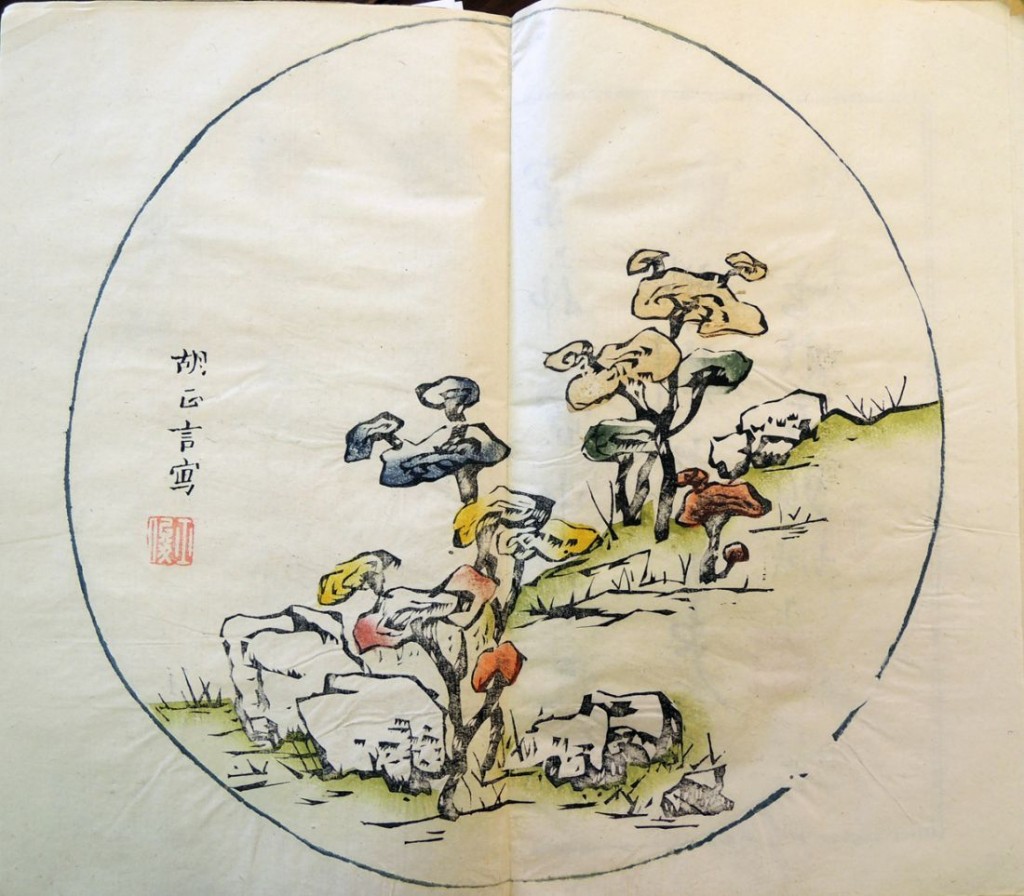
Hu Zhengyan, Shizhuzhai shuhua pu (‘A Manual of Calligraphy and Painting from the Ten Bamboo Studio’). uncatalogued books, Graphic Arts Collection 2013 in process
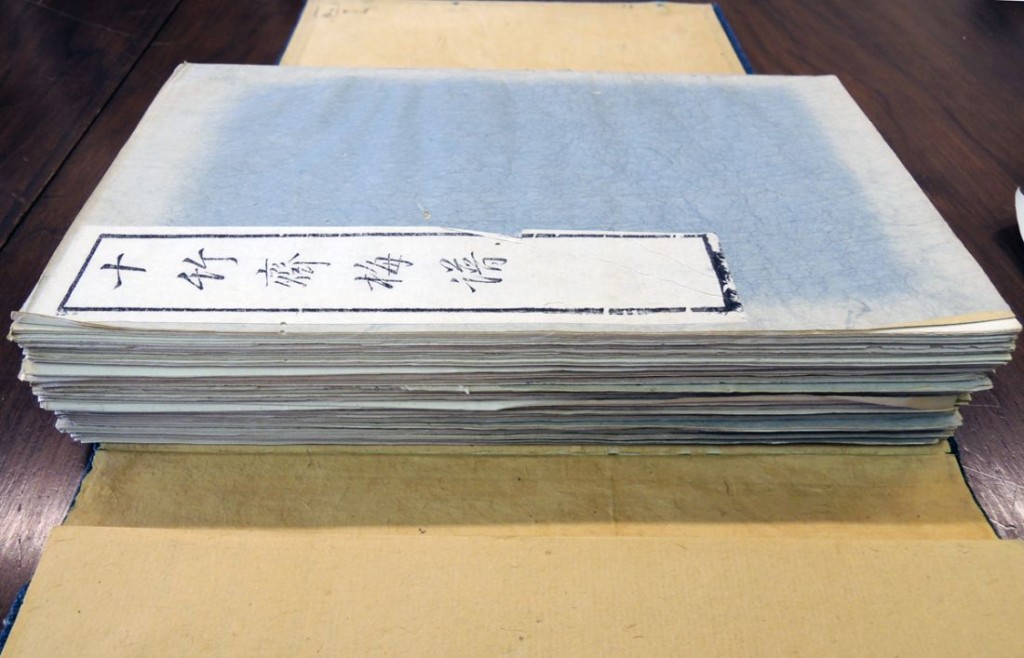
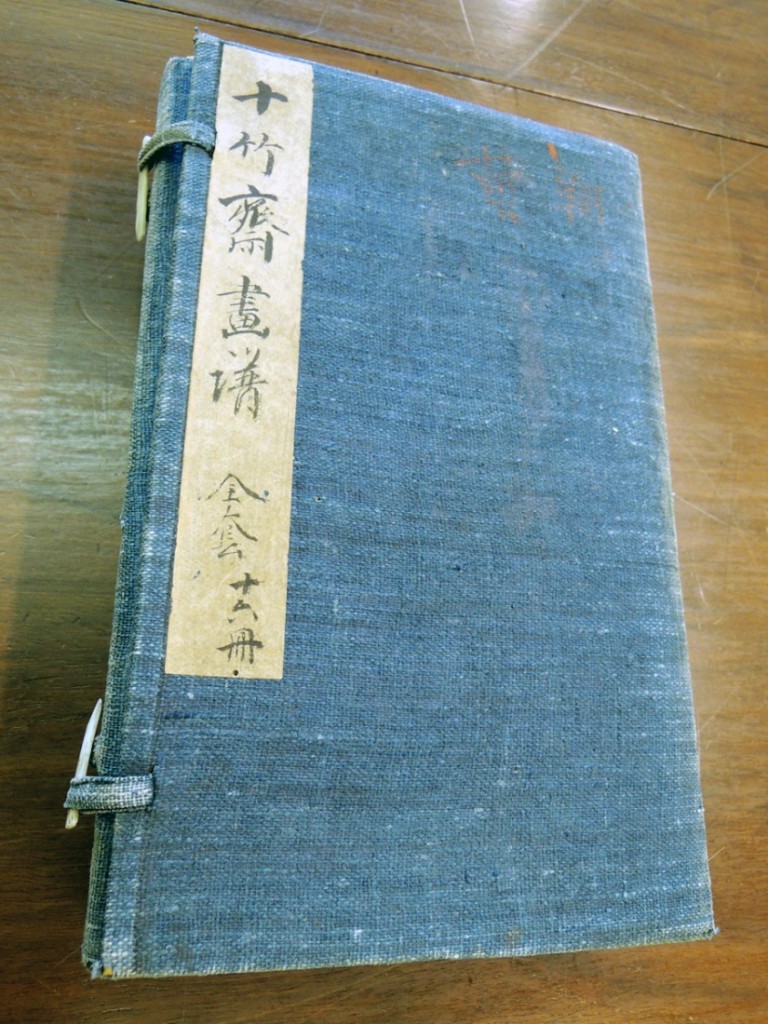 “During the first third of the seventeenth century the Chinese publisher Hu Zhengyan (1584–1674) produced one the very first examples of color woodblock printing. His publication was perhaps the most beautiful set of prints ever made, the Shuzhuzhai shuhuapu (Ten Bamboo Studio Collection of Calligraphy and Painting).”
“During the first third of the seventeenth century the Chinese publisher Hu Zhengyan (1584–1674) produced one the very first examples of color woodblock printing. His publication was perhaps the most beautiful set of prints ever made, the Shuzhuzhai shuhuapu (Ten Bamboo Studio Collection of Calligraphy and Painting).”
This is how Thomas Ebrey begins his wonderful article “The Editions, Superstates, and States of the Ten Bamboo Studio Collection of Calligraphy and Painting” in Princeton University’s The East Asian Library Journal 14, no. 1 (2010): 1-119, available full-text online at : http://gest.princeton.edu/EALJ/ebrey_thomas.ealj.v14.n01.p001.pdf
Ebrey continues, “The Ten Bamboo Studio Collection consists of a pair of fascicles (ce) for each of eight subjects, with ten pictures in most fascicles; for seven of the eight subjects each picture is accompanied by a matching poem written out by a master calligrapher. The collection also includes additional leaves illustrating painting motifs, a general introduction to the whole work, as well as a preface to each subject.”
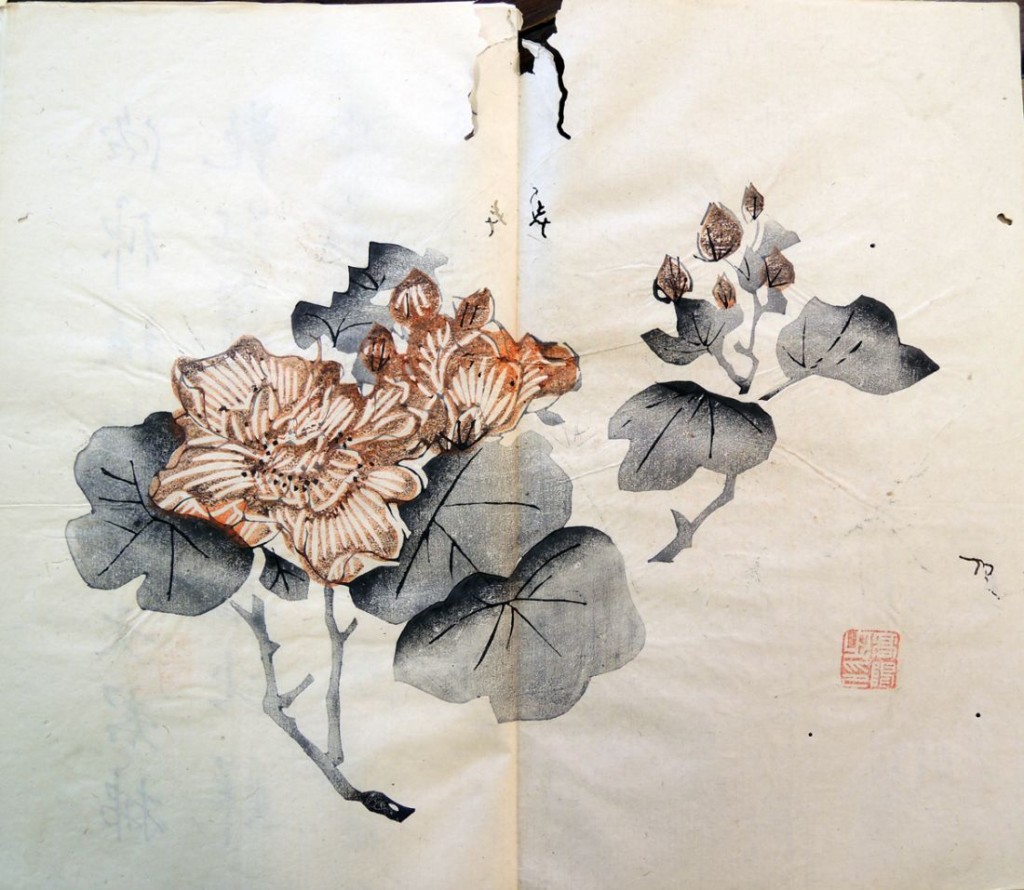
“Altogether there are 186 pictures, 140 poems and 30 text pages for a total of 356 folio pages (i.e. double pages), usually bound into either eight double or sixteen single fascicles. Although one of the poems was dated 1619 and others 1622, 1624, 1625, and 1627, the publication date usually given for the first edition of this book is 1633, the date of its general introduction.”
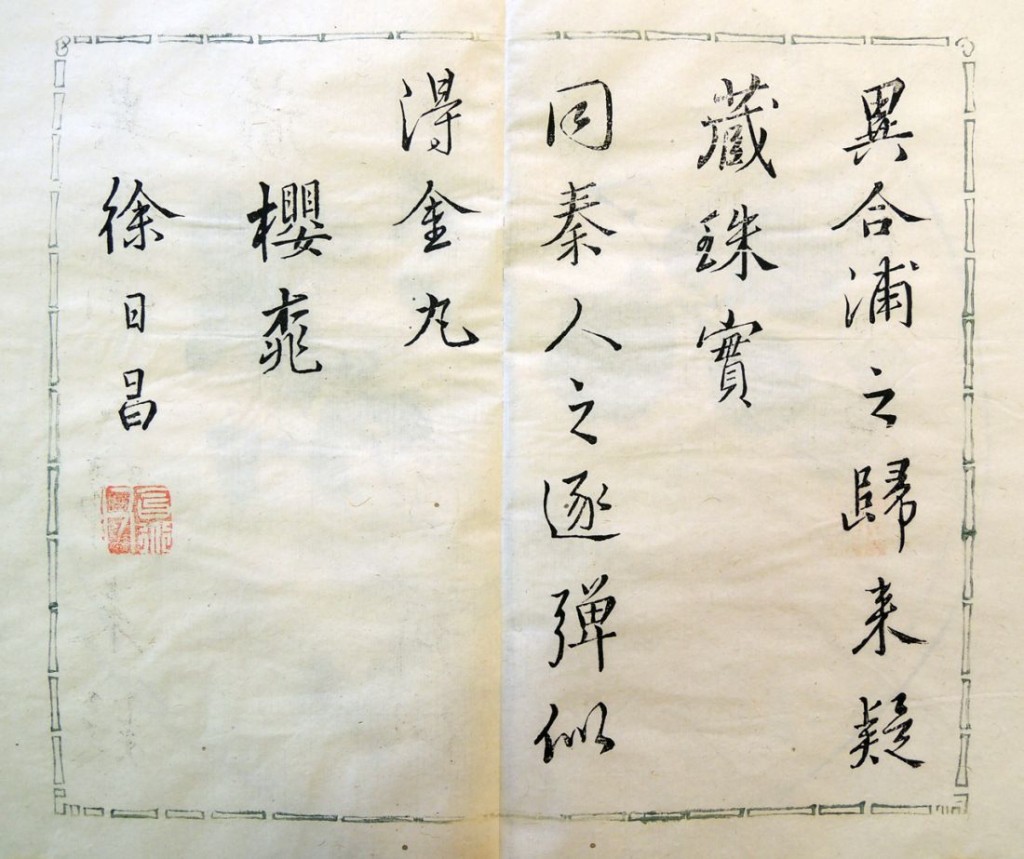
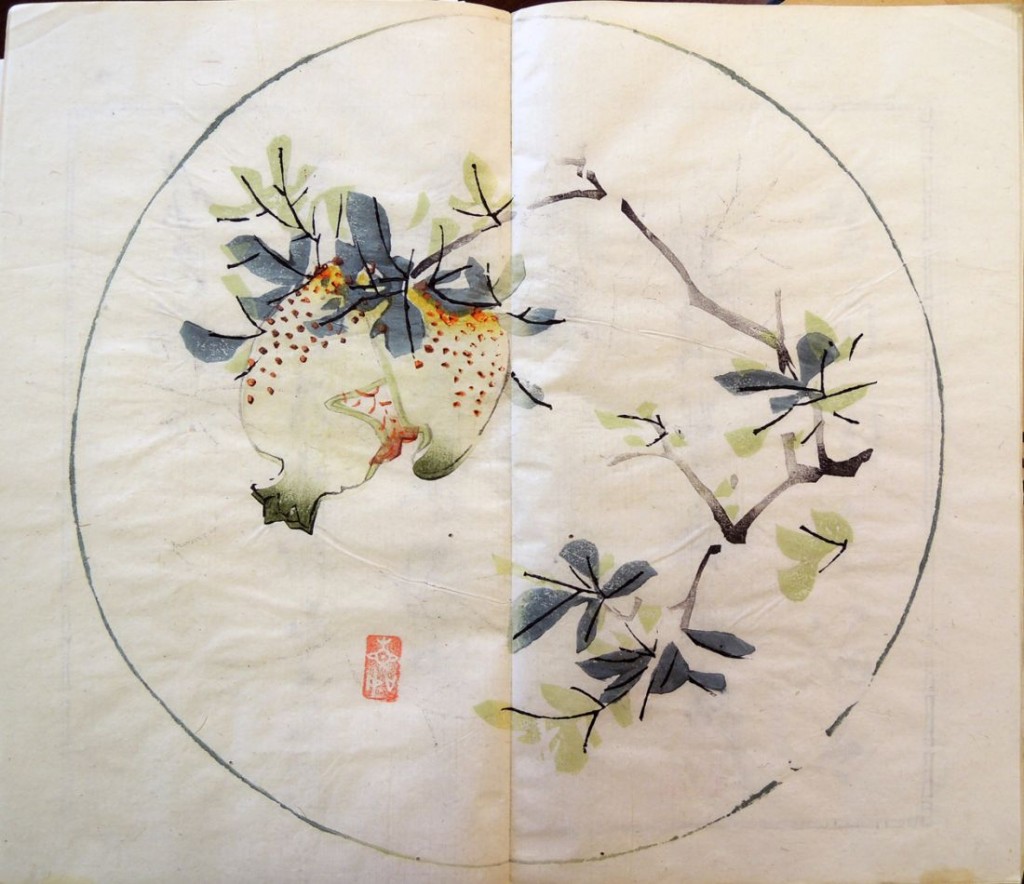 The Graphic Arts Collection also holds an interesting catalogue of facsimile prints by a German author: Jan Tschichold (1902-1974), Der Frühe chinesische Farbendruck [ Exhibition of pictures of the Ten bamboo studio] (Basel: Holbein-verlag, 1940). “Die Faksimiles dieses Buches … sind mit zwei Ausnahmen einem sechzehnbändigen Exemplar der Bildersammlung der Zehnbambushalle [Hu Chêng-yens] entnommen, das aus dem Jahre 1643 zu stammen Scheint. Blatt 9 gehört einem anderen Exemplar derselben Ausgabe an; blatt 6 ist sehr wahrscheinlich ein wirklicher Erstdruck aus der Zeit zwischen 1619 und 1627”–Leaf 6. Graphic Arts Off-Site Storage Oversize RCPXG-7172600
The Graphic Arts Collection also holds an interesting catalogue of facsimile prints by a German author: Jan Tschichold (1902-1974), Der Frühe chinesische Farbendruck [ Exhibition of pictures of the Ten bamboo studio] (Basel: Holbein-verlag, 1940). “Die Faksimiles dieses Buches … sind mit zwei Ausnahmen einem sechzehnbändigen Exemplar der Bildersammlung der Zehnbambushalle [Hu Chêng-yens] entnommen, das aus dem Jahre 1643 zu stammen Scheint. Blatt 9 gehört einem anderen Exemplar derselben Ausgabe an; blatt 6 ist sehr wahrscheinlich ein wirklicher Erstdruck aus der Zeit zwischen 1619 und 1627”–Leaf 6. Graphic Arts Off-Site Storage Oversize RCPXG-7172600

See also the British Museum’s page highlighting their copy: http://www.britishmuseum.org/explore/highlights/highlight_objects/asia/h/hu_zhengyan,_shizhuzhai_shuhua.aspx
